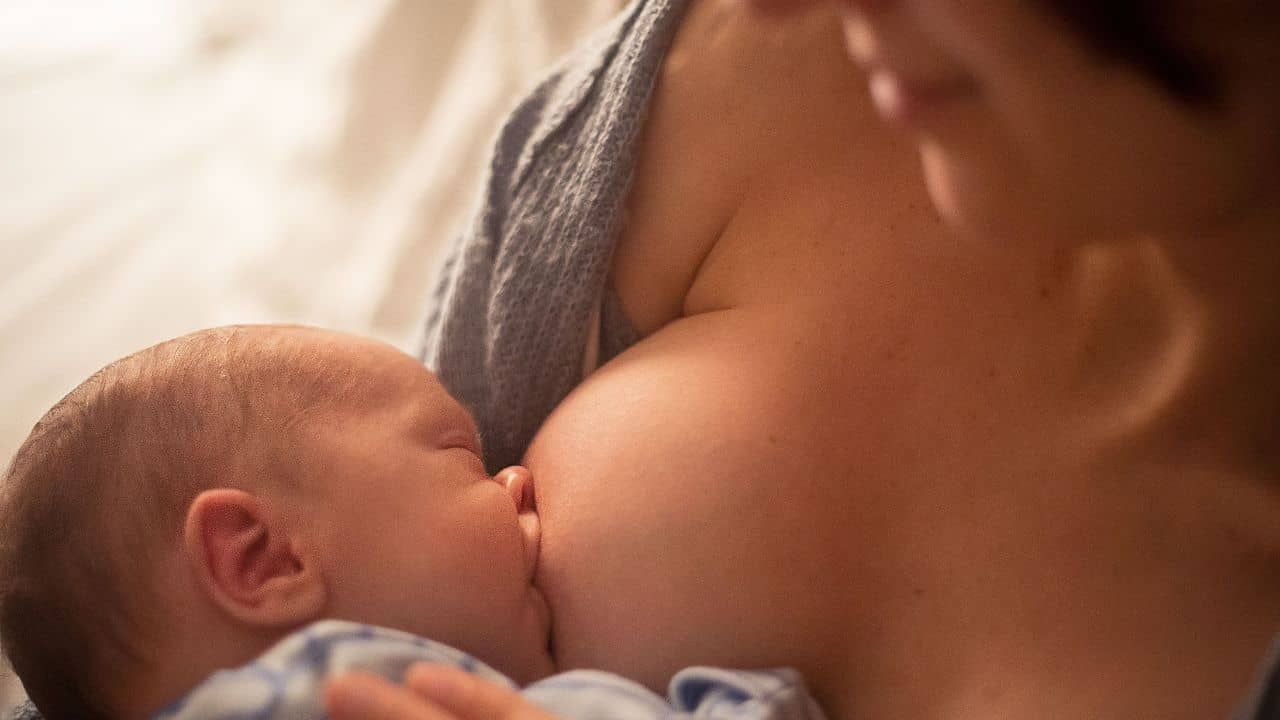Nipple Shields: Are They the Right Solution for Your Pain?

Nipple pain can make feeding feel like an impossible mountain to climb, and you might be wondering if a nipple shield is the solution you need. Maybe a well-meaning friend or even a non-lactation professional suggested it as the answer to your struggles, and now you’re wondering if they’re right. If that sounds familiar, you’re in the right place.
In this post, we’ll explore whether a nipple shield is the right tool for you, how to use one if needed, and what to look for when choosing one that fits your body.
What Is a Nipple Shield?
A nipple shield is a tool designed to help with specific breastfeeding or chestfeeding challenges. Think of it like wearing running shoes for a rigorous hike—it might feel comfortable at first and seem like a smart choice, but it’s not always the right fit for the job. Once you’re on the trail, those running shoes could leave your feet wet, cause you to slip on uneven terrain, or make climbing more difficult—and by then, it’s too late to do anything about it.
When Are Nipple Shields Typically Used?
Here are some common situations where nipple shields may be recommended:
- Trouble Getting Baby Latched at the Start: Often used in hospitals when babies struggle to latch during the first few feeds.
- Baby Has Weak Muscles in Their Mouth: Shields can help babies with low muscle tone maintain a latch during feeding.
- Nipple Pain and Damage: Shields are sometimes used to reduce pain and protect damaged nipples while they heal.
In this post, we’ll focus on the third reason: nipple pain and damage.
The Tradeoffs of Using a Nipple Shield for Pain Relief
If your nipples are damaged and in need of healing, a nipple shield might seem like an obvious choice. But here’s the catch: while it can stop the damage from worsening, it often doesn’t address the root cause of the pain. Worse, it can create a cycle that makes it hard to stop using the nipple shield later.
Why Does Nipple Pain Happen?
For many, nipple pain stems from how the baby latches. If your baby is biting, chewing, or sucking your nipple into their mouth without opening wide first, a shallow latch is likely the culprit.
- A shallow latch pinches your sensitive nipple inside your baby’s mouth, and it hurts.
- A nipple shield might reduce the direct pressure when your baby clamps down, spreading it out slightly. However, it doesn’t stop the behavior causing the pain.
- Worse, nipple shields can make it harder for your baby to achieve a deep latch because they stick out farther from your body.
Breaking the Nipple Shield Cycle
This creates a frustrating cycle:
- The shield helps manage pain but reinforces the shallow latch.
- The shallow latch keeps the underlying cause of pain going.
- The cycle can be tricky to break, and you may find yourself relying on the shield longer than expected.
How to Use a Nipple Shield Without Getting Stuck
Using a nipple shield doesn’t mean you’ve made the wrong choice—especially if it’s helping you keep going with feeding. However, it’s important to use caution to avoid getting stuck in the nipple shield cycle.
🔧 Practical Tips for Nipple Shield Use:
- Choose a Soft Shield: Softer shields feel more natural and make transitioning back to your body easier. Options like Lansinoh, PurifyYou, and Lactub are great choices. Avoid firmer shields like Medela, which can make transitioning more difficult.
- Get the Right Fit: Measure your nipples as you would for a pump flange, then size up by 1–2 mm. Use the smallest shield that fits and stays in place, as smaller shields are shorter and make it easier for your baby to achieve a deep latch.
- Flip It Inside Out to Apply: Flip the shield back onto itself before applying it to your nipple. This helps pull more of your nipple into the shield, keeps it securely in place, and positions it closer to your natural tissue. Adding a little breast milk or water around the rim can also help with adhesion.
- Focus on Latch Mechanics: Even with a shield, paying attention to your baby’s latch is essential for avoiding the nipple shield cycle. Ensure your baby opens wide and comes up and over your nipple when latching.
Getting Help: Don’t Go It Alone
If you need to use a nipple shield to manage pain or give your nipples a chance to rest, that’s okay—but addressing the root cause is essential. A qualified lactation professional can help you:
- Heal your nipples by identifying what’s causing the damage.
- Improve your latch so feeding becomes more comfortable and efficient.
- Get your feeding experience back on track with personalized support.
You don’t have to navigate this journey alone. Seeking help now can save you from ongoing frustration and set you and your baby up for success in the long run.
Final Thoughts
Remember, every baby is different, and it’s okay to take it one feed at a time. Latching is a skill you and your baby are learning together, and each small step—like a little less pain or an easier feed—is progress.
Give yourself grace, and know there’s help to make tomorrow feel better.
Want More Help Like This?
I’ll let you know when I drop new guides, blogs, or tools to help feeding feel better.
No spam. Just real support, that's ready when you are.








